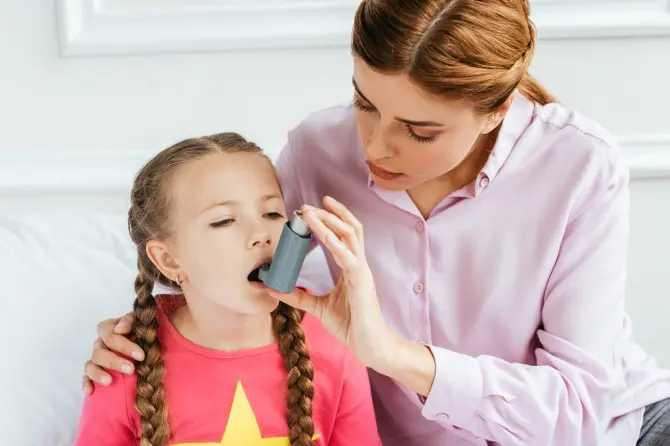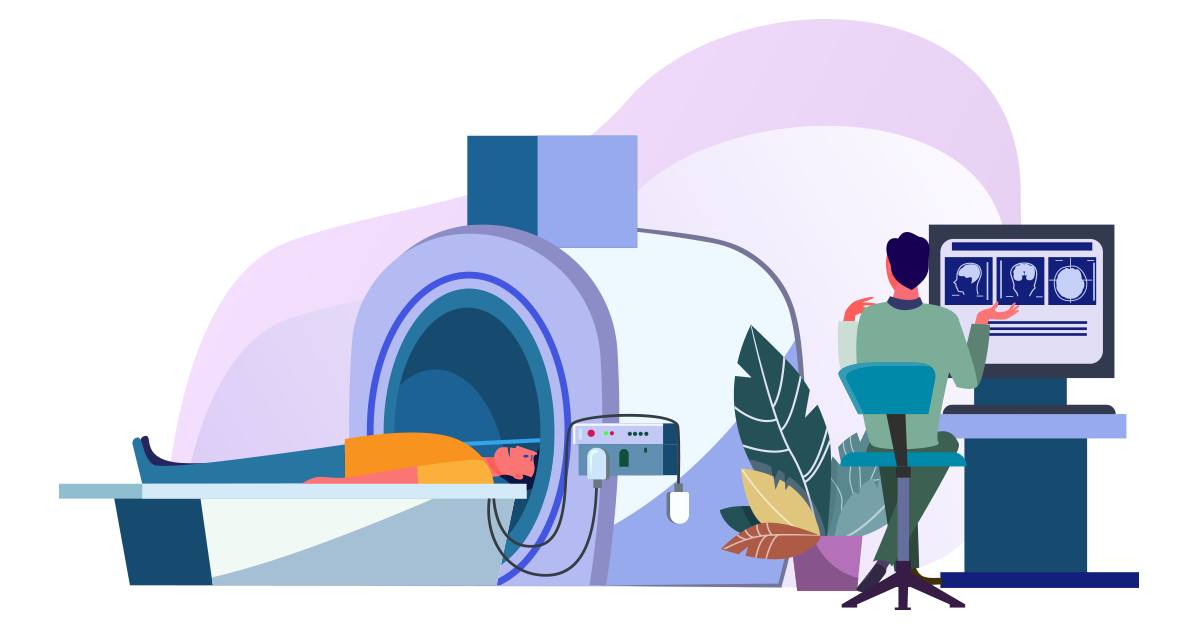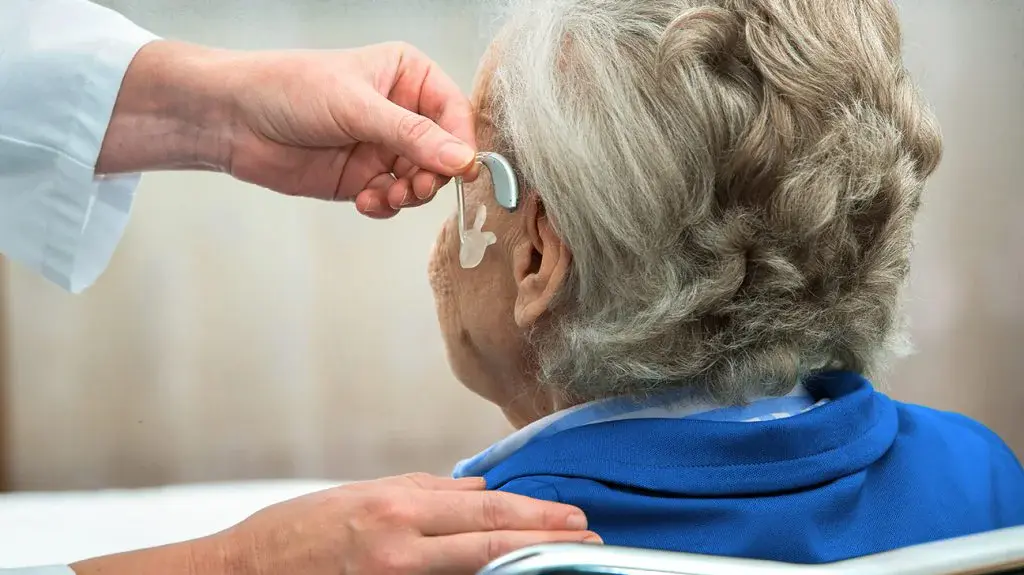
🫁 Understanding Childhood Asthma
Asthma is a chronic respiratory condition characterized by inflammation and narrowing of the airways. In children, it can be triggered by allergens, respiratory infections, exercise, and environmental pollutants. Early diagnosis and a structured treatment plan can significantly improve a child’s quality of life.
| Key Symptoms of Childhood Asthma | Common Triggers |
|---|---|
| Wheezing | Pollen |
| Shortness of breath | Dust mites |
| Chronic coughing | Pet dander |
| Chest tightness | Cold air |
| Difficulty sleeping due to breathing issues | Smoke & air pollution |
💊 Medical Treatments for Childhood Asthma
There are two main types of medications used to manage childhood asthma: long-term control medications and quick-relief medications.
Long-Term Control Medications
These medications are taken daily to reduce airway inflammation and prevent asthma attacks.
| Medication Type | Examples | Function |
|---|---|---|
| Inhaled Corticosteroids | Fluticasone, Budesonide | Reduces airway inflammation |
| Leukotriene Modifiers | Montelukast (Singulair) | Blocks inflammatory pathways |
| Long-Acting Beta Agonists (LABAs) | Salmeterol, Formoterol | Helps keep airways open |
| Combination Inhalers | Advair, Symbicort | Combines corticosteroids and LABAs |
Quick-Relief (Rescue) Medications
These are used during an asthma attack to quickly relax airway muscles.
| Medication Type | Examples | Function |
|---|---|---|
| Short-Acting Beta Agonists (SABAs) | Albuterol, Levalbuterol | Opens airways quickly |
| Oral Corticosteroids | Prednisone | Reduces severe inflammation |
🏡 Lifestyle Adjustments for Managing Childhood Asthma
Beyond medication, making lifestyle changes can significantly reduce asthma symptoms.
1. Identifying and Avoiding Triggers
- Keep the home free of dust, pet dander, and mold.
- Use air purifiers to reduce airborne allergens.
- Monitor air quality and avoid outdoor activities on high-pollution days.
2. Encouraging Healthy Habits
- Maintain a balanced diet to strengthen the immune system.
- Encourage regular but controlled physical activity.
- Ensure children get enough sleep to support lung function.
3. Creating an Asthma Action Plan
An asthma action plan helps families and caregivers respond effectively to symptoms.
| Action Plan Steps | Details |
|---|---|
| Identify daily medications | Ensure the child takes prescribed long-term medications. |
| Recognize early symptoms | Increased coughing or shortness of breath. |
| Know emergency steps | Use quick-relief medication and seek medical help if needed. |
🩺 When to See a Doctor
Seek medical attention if:
- Asthma symptoms worsen despite medication.
- The child experiences frequent nighttime coughing.
- The child requires quick-relief medication more than twice a week.
📌 Conclusion
Managing childhood asthma requires a combination of medication, lifestyle adjustments, and proactive trigger avoidance. With the right approach, children with asthma can lead active, healthy lives. Parents and caregivers should work closely with healthcare providers to ensure the best possible care.









